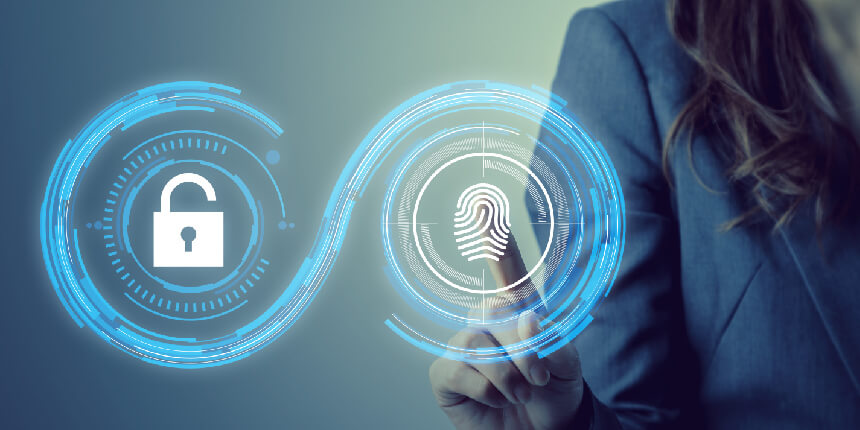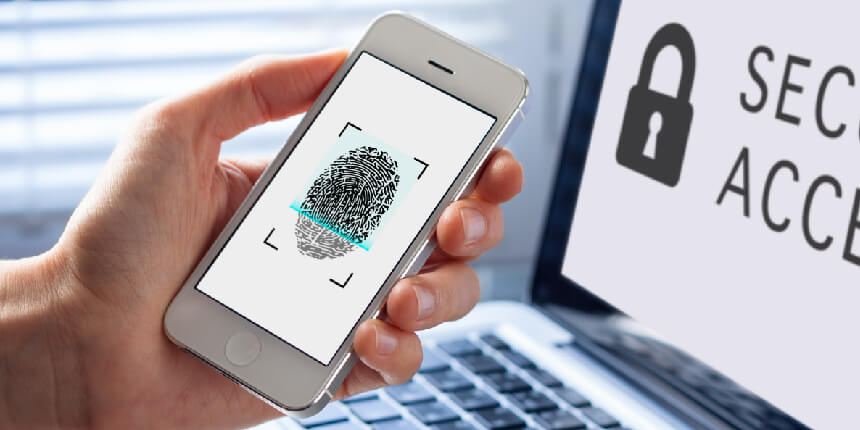Biometric Authentication – A Solution Against Fraud Detection

Biometrics technology is the way forward for identity verification services as they allow for quicker and more reliable verification services as compared to conventional means of verification. Companies looking for an experienced KYC verification provider are preferring biometric identification because of its better track record with regard to fraud prevention. Large-scale adoption of biometric features in smart devices e.g. fingerprint scanners and retinal detection has further eased the adaptability of biometric authentication for online businesses.
How does Biometric authentication work?
Biometric authentication is different from a usual identity verification in which businesses require knowledge-based authentications like password protected logins or identity details that are specific to a user. Biometric identification determines an individual’s identity with the help of unique biographical features of a person. Most of the times, biometric authentication involved capturing unique biographical features of a person (fingerprint, hand scan, retina scan or facial scan) and matching them with previously stored biometric data of a user.
For a new user, such features are captured at the time of registration of a user, for record keeping and profiling a person’s true identity. Biometric authentication helps a business to determine the risk factors involved in bringing onboard a potential customer and helps them in fraud detection.
Why Do We Need Biometric Authentication?
Biometrics are unique traits that are employed to identify individuals. Since biometrics utilize the unique features of every individual like fingerprints, iris scans or facial recognition, it becomes remarkably difficult to forge or duplicate these traits. Biometric authentication works by implementing the biometric traits to allow access to electronic devices, bank accounts, and to combat various kinds of frauds.
Types of Biometric authentication
Biometric authentication can be performed with the help of a number of biographical features of a person’s identity.
Facial Verification:
Facial recognition is one of the most common and inexpensive methods to perform biometric authentication. It requires little technical know-how on the part of the user to authenticate their identity. A “faceprint” is built by collecting unique information from a person’s face. At the time of customer onboarding, a faceprint is first examined for authenticity and originality to ensure that a real person is using their own image to perform facial verification. Afterward, that authentic faceprint is stored in the central databank of a business and every time that person asks for access to any resources to perform a transaction or to perform any other action, they are required to prove their identity through facial verification. At that point, that unique faceprint will be used as a benchmark for cross-matching the provided facial proof by a user.
FingerPrint Verification:
This is much like normal fingerprint scans that are used for physical verification of a person. The working principle behind fingerprint is that every human has a unique pattern of fingerprint and thus can be used to verify them by businesses. The launch of fingerprint scans in smartphones enabled businesses and KYC providers to provide support for fingerprint authentications as well.
Now, fingerprint scans might seem to be the obvious choice for biometric authentications in order to provide for reliable identity verification results and online fraud prevention. But there are issues such as scalability and very real chances of fingerprint duplication or hacking of such biometric information from some centralized database. On the other hand, facial verification coupled with liveness detection is the perfect medium to perform facial verification. It ensures that unique checks are performed to ensure the physical presence of a person in front of a camera. Any attempt of facial spoofing or tampering with the transmitted image is made easy with an AI supported KYC provider such as Shufti.

Biometric authentication in cryptography
Biometric authentication becomes a more significant form of identity verification when used by ventures dealing with cryptography. Companies that adopt encrypting user data for data privacy and data protection can benefit from biometric authentication to achieve top-notch fraud prevention. Any attempt to encrypt fake data or hack into a centralized database storing encrypted data can easily be deterred by a top-notch KYC provider using biometric authentication such as Facial verification.

Biometric authentication service provider
When it comes to reliable biometric authentications service provider then there is no one that can match the service standards of Shufti. An AI-based identity verification service that is offering KYC verification and AML compliance solution, Shufti should be preferred choice for any company that wants to integrate biometric identification in their business practices. With real-time verification results and proof of verification available in fully automated Back Office, Shufti promises a competitive edge to its customer for high-quality fraud prevention.
Acting as a staunch firewall between a digital platform and facial spoof attacks, facial verification and biometric authentication from Shufti gives you the best chance to cut down the losses you have to sustain because of frequent visitation from online scammers and identity thieves. With a success rate of 99.6%, facial verification, and biometric authentication from Shufti is the closest you can hope for an online marketplace free of online frauds and false identities.
Integration headache is reduced to nill for Shufti customers because of the RestFul API that makes it very easy to integrate identity verification services of Shufti with any pre-existing software, mobile application or web portal. So your search for an airtight fraud prevention tool ends with Shufti and its AI supported biometric authentication services.










